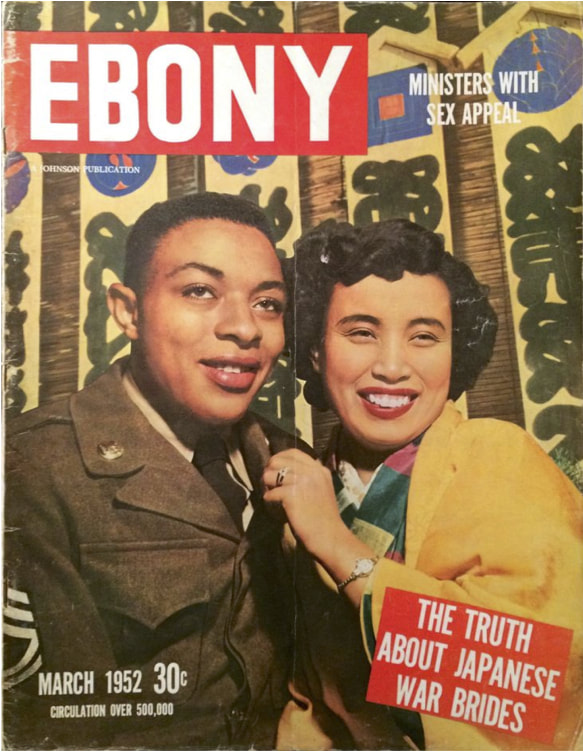Passing as Post-Racial: Philip Roth’s The Human Stain, Political Correctness, and the Post-Racial Passing Narrative
Contemporary Literature
Volume 58, Number 2, Summer 2017
pages 233-261
Mollie Godfrey, Assistant Professor of English
James Madison University, Harrisonburg, Virginia
In March 2016, Robert Folsom published an article in The Socionomist declaring that the rise of Donald Trump as a viable presidential candidate marked “the violent death of political correctness” (1). Folsom argued that while “[t]he conventional narrative on Trump is that he has succeeded despite his rejection of political correctness,” the “truth is that he has in large part succeeded because of it” (4). Indeed, the past few years have seen the rise of vigorous, mainstream opposition to many multiculturalist policies associated with political correctness at all levels and from all directions: from the Supreme Court’s back and forth on voting rights and affirmative action, to the 2015 spate of articles that derided trigger warnings as an attack on free speech, to the crowds of voters like Steve Crouse cheering Trump for speaking his mind and “saying a lot of the things that I think we’re all thinking” (Proskow). These recent events have renewed a debate that began in the 1960s and 1970s, when Civil Rights and Black Power activists and second-wave feminists sparred with traditionalists over the diversity and inclusivity of university curricula, faculty, student bodies, and standards of academic excellence. By the culture wars of the mid–1980s, traditionalists had begun to use the phrase “political correctness” in order to deride these demands for inclusivity.1 Teresa Brennan argues that the phrase “political correctness” was especially useful to its critics because it enabled the rebranding of demands for inclusive language as a violation of the American principle of the freedom of speech: “[t]he campaign against political correctness has been so successful because it has portrayed the attempt to uphold the rights of disadvantaged groups as the infringement of individual rights” (x). Now, criticism of political correctness has gone mainstream: a poll conducted in October 2015 by Fairleigh Dickinson University found that 68% of Americans and 81% of Republicans agreed with the statement “[a] big problem this country has is being politically correct” (Lalami 12).
The year 2000, which Folsom describes as the turning point in American public discourse over the value of liberal multiculturalism and its much caricatured cousin, political correctness, was also the year that Philip Roth’s highly acclaimed novel The Human Stain was published. The Human Stain made waves among critics and scholars as a racial passing novel for the new millennium, one that was especially surprising because the passing genre focuses on a social practice that Jet magazine had once optimistically declared would “pass out” with the end of Jim Crow (“Passing Out”).2 In The Human Stain, the light-skinned African American protagonist, Coleman Silk, decides to pass as Jewish during the 1940s, gaining as a Jewish American in the post–World War II era many of the privileges of whiteness.3 He marries a Jewish woman and rises to prominence as a professor of classics and the first Jewish dean of faculty at Athena College, a small liberal arts school in New England with a mostly white faculty and student body. Near the end of the novel, Coleman’s sister affirms that his black-to-Jewish-to-white passing is out of place in the post-Jim Crow era of liberal multiculturalism and affirmative action: “Today, if you’re a middle-class intelligent Negro and you want your kids to go to the best schools, and on full scholarship if you need it, you wouldn’t dream of saying that you’re not colored. That would be the last thing you’d do” (326). Her claim that passing is no longer profitable in contemporary America is also arguably affirmed by the twist in Coleman’s plot: near retirement, he uses the word “spooks” to refer to two students who have been absent from his class all semester; the students turn out to be black, Coleman is accused of racism by his politically correct colleagues, and he resigns amid the ensuing scandal. This plot twist seems to turn Coleman’s racial passing plot into an ironic tragedy about the shifting…






